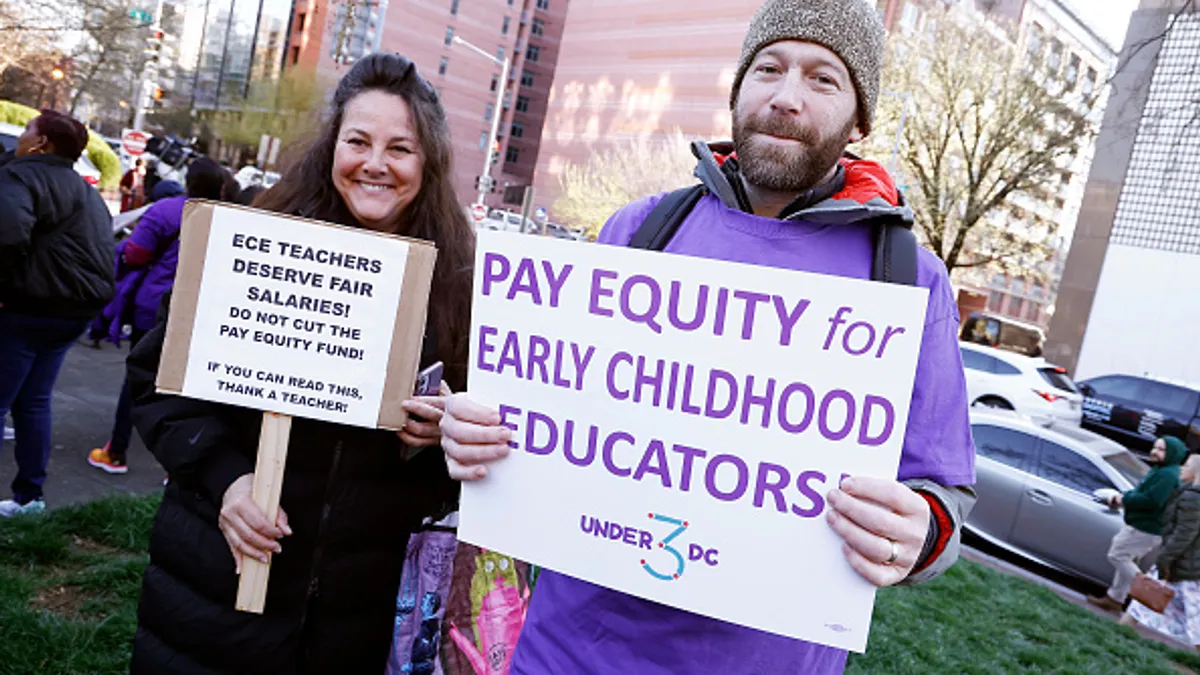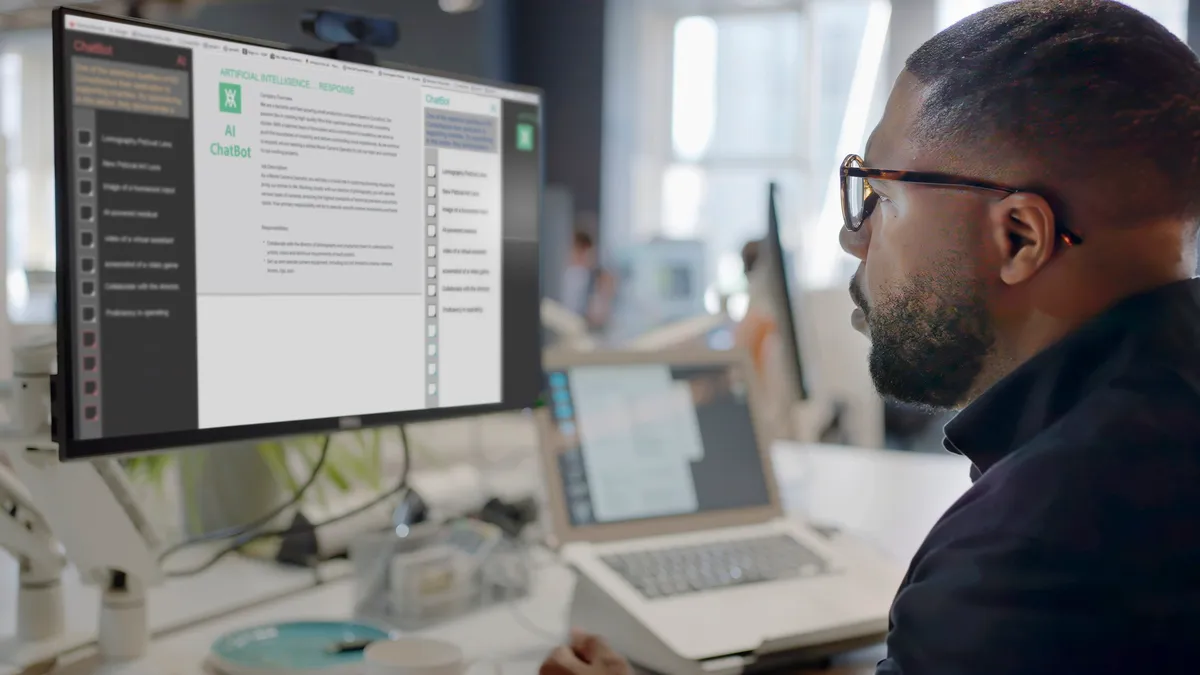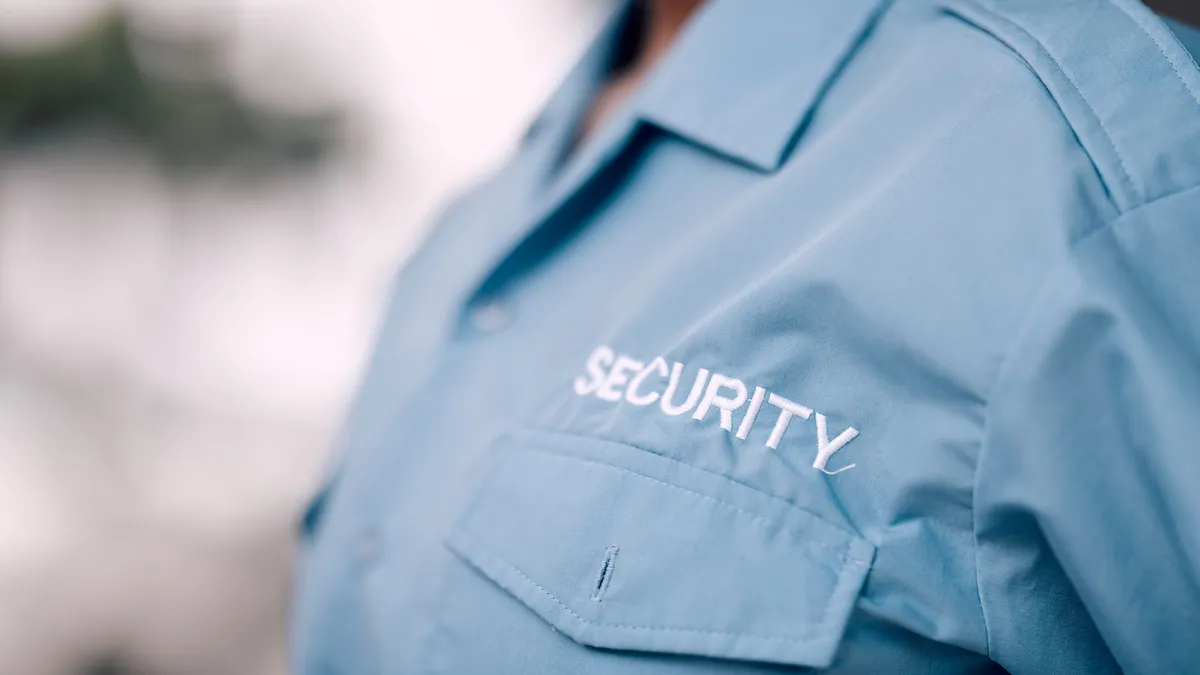Becky Cantieri is the chief people officer of SurveyMonkey.
We’re all feeling it. Organizations across the globe are experiencing the effects of a highly competitive macroeconomic environment and the pressure of having to do more with fewer resources.
The thing is, economic shifts like these don’t just hit businesses, they hit people, too — the very heart of our companies and what we care about most. According to Gartner, employees across the board are feeling disempowered, skeptical, and fatigued over this constant, unrelenting change. And I can’t blame them.
Yet despite the turbulent times, we as HR leaders remain committed to finding creative and impactful ways to take care of our company’s most valuable asset — its people — while still cultivating a healthy and stable business.
Here are a few trends and predictions I’m tracking as we embark on what I hope to be a promising new year:
HR leaders who embrace changing expectations will lay a foundation for reinvention.
A new SurveyMonkey study shows 67% of HR professionals believe HR has played a larger role in the employee experience since the beginning of the COVID-19 pandemic, 68% cite higher expectations of HR, and more than half (53%) say leaders in their company view HR as vital to the culture of success.
If you’re reading this, I doubt you’re surprised! Living and working through a global pandemic presented no shortage of opportunities for HR leaders to prove their mettle and shine a light on the vital importance of HR to a business’s people and to its bottom line. But growing into a larger role is a major shift for a profession that has often been misunderstood as “just” operational, and HR leaders today must do more than simply adapt to the new expectations; we need to actively embrace them.
You may be thinking, “Easier said than done.” Change is hard for most of us. That same Gartner study I cited above also found 47% of HR leaders don’t know how to drive cultural change, and 82% of HR personnel don’t think their managers are equipped to lead change. That’s a scary thought in the calmest of times, let alone in tumultuous ones! What’s the anecdote to this (very natural) fear of change? Maybe it’s a simple dose of mutual understanding.
HR leaders that listen to understand will be leaders in employee experience.
In my experience, navigating through any type of change — whether it’s moving from public to private, or returning to an iconic brand name (both of which SurveyMonkey did last year!) — begins with the people. People provide the insights needed to inform direction, drive sound business decisions, and inspire new ideas. When we, as leaders, thoroughly understand the full scope of the employee experience, we can effectively illuminate the way forward — while walking in our employees’ shoes.
That’s a big ask, especially considering that about 7 in 10 HR professionals are concerned that employees are not providing open and honest feedback about their work experiences. If we want to know what people are genuinely thinking — and demonstrate that knowledge — we have to do more than ask. We also have to actively listen and thoughtfully respond through communication and action.
In the case of managing change through turbulence, this process is inherently meta because we’re talking to each other about how the change we’re experiencing is impacting our ability to drive change. Regardless, these conversations are vital to both mutual understanding and trust, which are foundational to honest feedback.
HR leaders who embrace new ways to communicate in remote work environments and adapt to its unique attributes will set the bar.
I work at a company whose highly distributed work model is core to its value proposition during a time when many companies are rescinding their remote-friendly work policies. When employees have choice in work location, they are at the center of decision-making for themselves — where they should always be! Believe it or not, this model allows us to prioritize communication, collaboration, relationship-building, community, and learning, all of which ultimately benefit our customers.
While I believe the better path to success has more to do with inspiration, understanding and cultural belonging than with in-office mandates, I can appreciate the unique communication challenges associated with remote work. (And I recognize that you may be one of the 41% of HR leaders who say employees’ connection to culture is compromised by hybrid work).
One of the ways I see this challenge play out in my day-to-day is in the disruption to osmosis learning — those intangible, often unspoken “aha!” and “now I get it!” moments of learning that happen when you’re standing next to someone and seeing them work in person. Osmosis learning allows people to assimilate ideas around the culture, communication styles, best practices, and so many other understandings that enable them to make successful contributions in the workplace.
Yet with the increase in remote work, osmosis learning on the job has nearly vanished. Younger generations, particularly Gen Z, are missing out on this learning opportunity, and they may not even know what they’re missing! But with any challenge, there is always a solution. Or, at the very least, there is a next right step.
HR leaders that find practical solutions for remote-work communication challenges will raise the bar.
As we head into the new year, managers, mentors, and trainers will be tasked with uncovering new, creative ways to bring these important osmosis learnings back into the fold for employees, no matter their location.
An effective way to introduce osmosis learning in a distributed work environment is to bring intentionality to what was once serendipitous. For example, new recruiters can glean a lot about a company’s priorities and practices by shadowing calls with prospective candidates. And this ‘fly on the wall’ strategy isn’t limited to HR.
By shadowing colleagues, salespeople can learn about new tools and technology, effective scripting, and managing challenging customer conversations. Trainers can also bring intentionality into the fold through role playing and case study reviews, which allow new team members to learn from the experiences of others in a safe environment.
At SurveyMonkey, we cultivate opportunities to absorb ideas, knowledge, and technical skills through exposure to others in many ways. One that my team especially loves is office hours. Similar to what a professor offers their students in college, we encourage our leaders — from teams as wide ranging as marketing, IT, DEI and social impact, and beyond — to host their very own non-mandatory, virtual office hours. By offering these dedicated slots of conversation and collaboration, our employees have told us they have an intentional way to pass information in a way not always guaranteed before.
The best way to predict the future? Create it.
HR teams are facing a heightened requirement for profitable growth that impacts everything we touch — from recruitment and retention to talent and top-line growth — all while simultaneously delivering an outstanding employee experience.
You might be thinking: That’s a lot.
Or you might be thinking: That’s exciting!
I personally think it’s a little bit of both.
For now, I can confidently say that I’m looking forward to seeing the many ways HR teams grow into our functional capacity (and capabilities!) in 2024. Let’s claim our rightful place at the helm this year with the confidence we’ve earned through the pandemic and in the many months since. Let’s seek to fully understand the employee experience. And let’s devise new, creative solutions to unique problems for our businesses and our people, the most important audience of all.




















